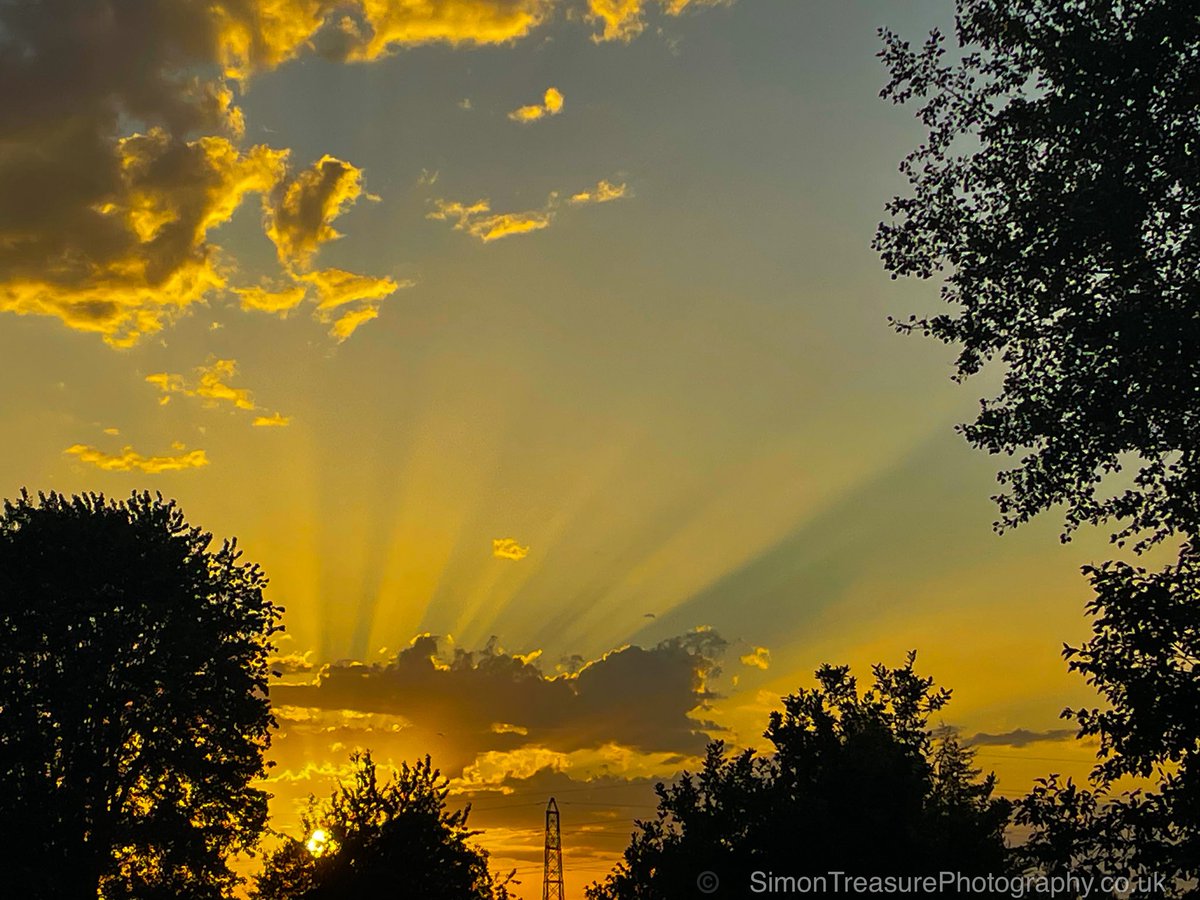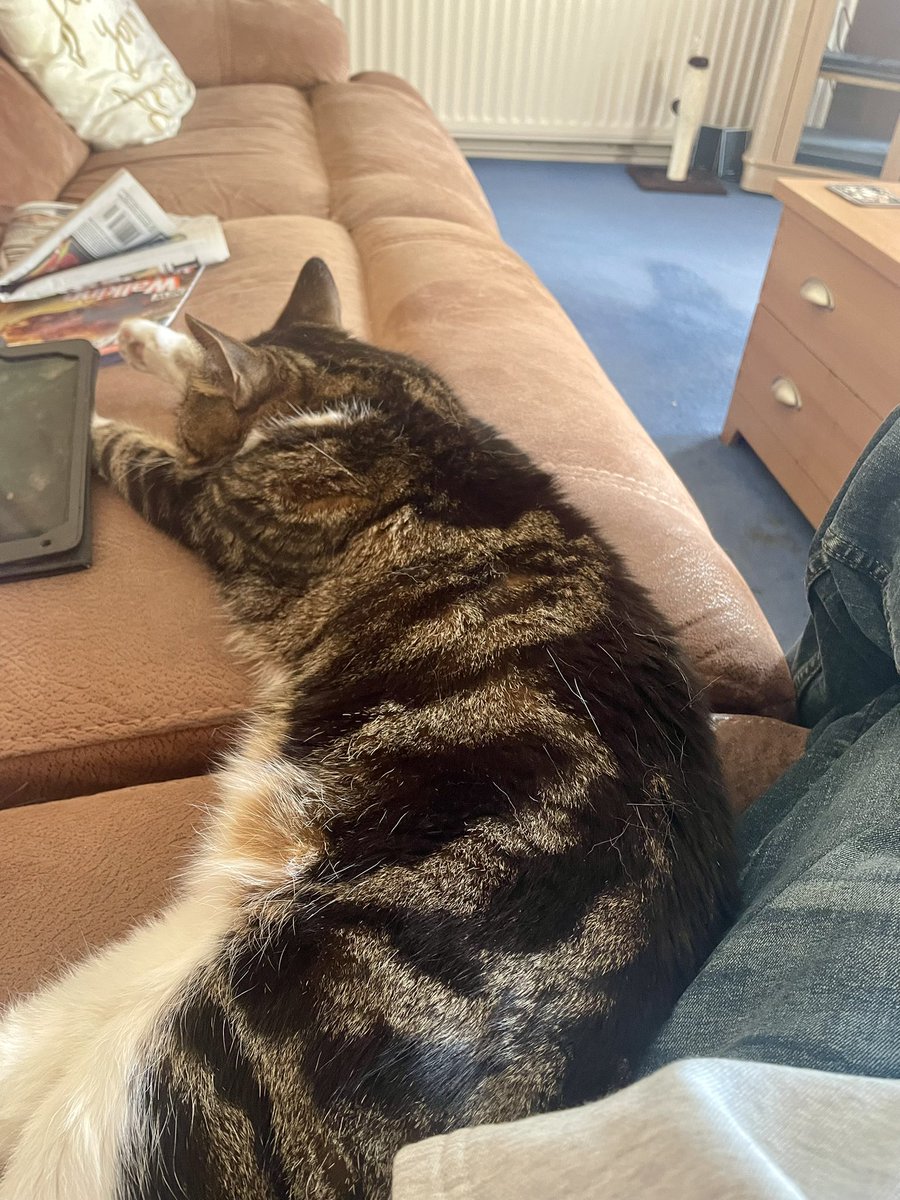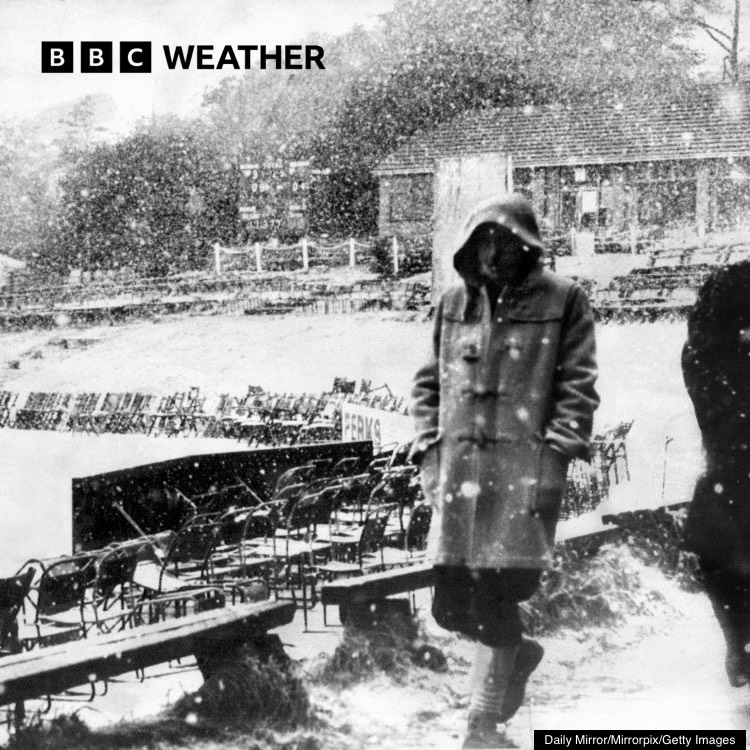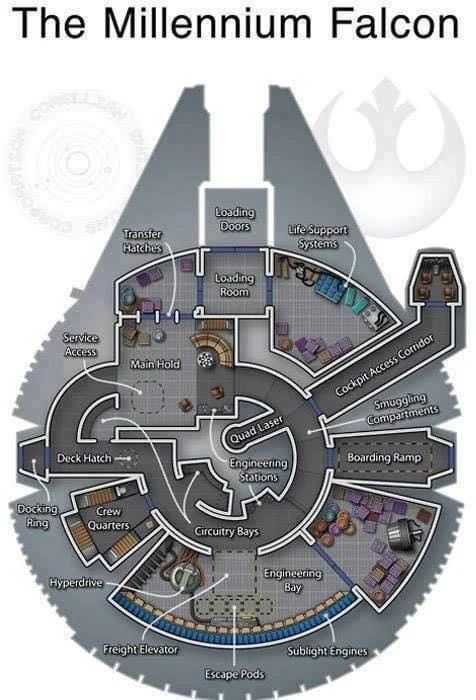
Simon Treasure Photography📷☕️
@simon_treasure
Dorset based, Published Amateur Photographer, coffee addict.Autistic. ADHD. socially awkward. widowed. All©️images are mine #Canon90D #canong7xmkii #iPhone12
ID: 4077668243
http://simontreasurephotography.co.uk 30-10-2015 20:33:24
30,30K Tweet
3,3K Takipçi
4,4K Takip Edilen




Solar halo just now #StormHour BBC Weather BBCSouthWeather #solarhalo #StormHour #bbcweather








A lovely sunset after a very wet day! #StormHour Bournemouth Echo BBCSouthWeather BBC Weather #sunset #clouds #sunsetphotography #
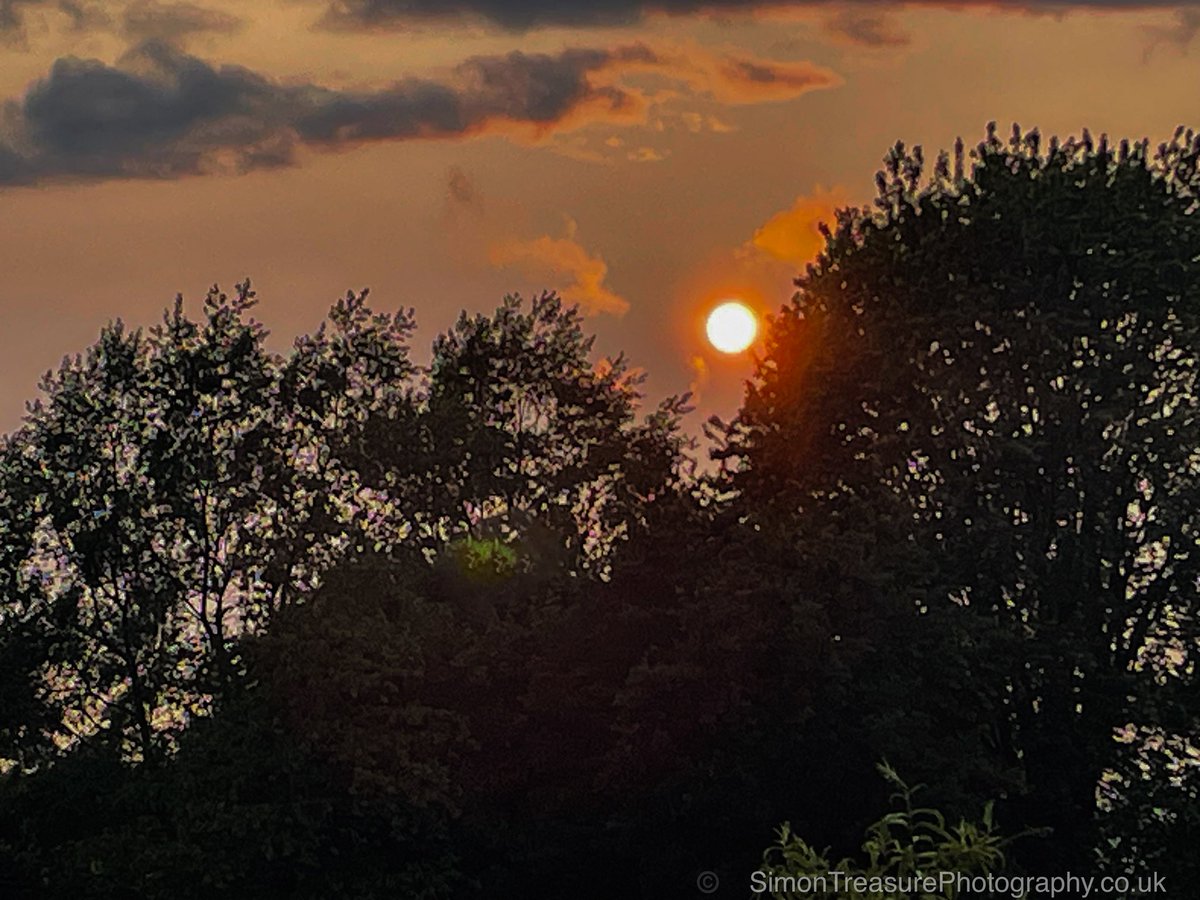


A replica of Christopher Columbus ship the NAO Santa Maria sailing into Poole Quay this afternoon Bournemouth Echo BBCSouthWeather PHC Nao Santa María #naosantamarai #pooleharbour #poolequay #ships #sailing


Last nights pastel sunset, from my back garden #StormHour BBC Weather BBCSouthWeather Love Poole #StormHour #sunset #poole
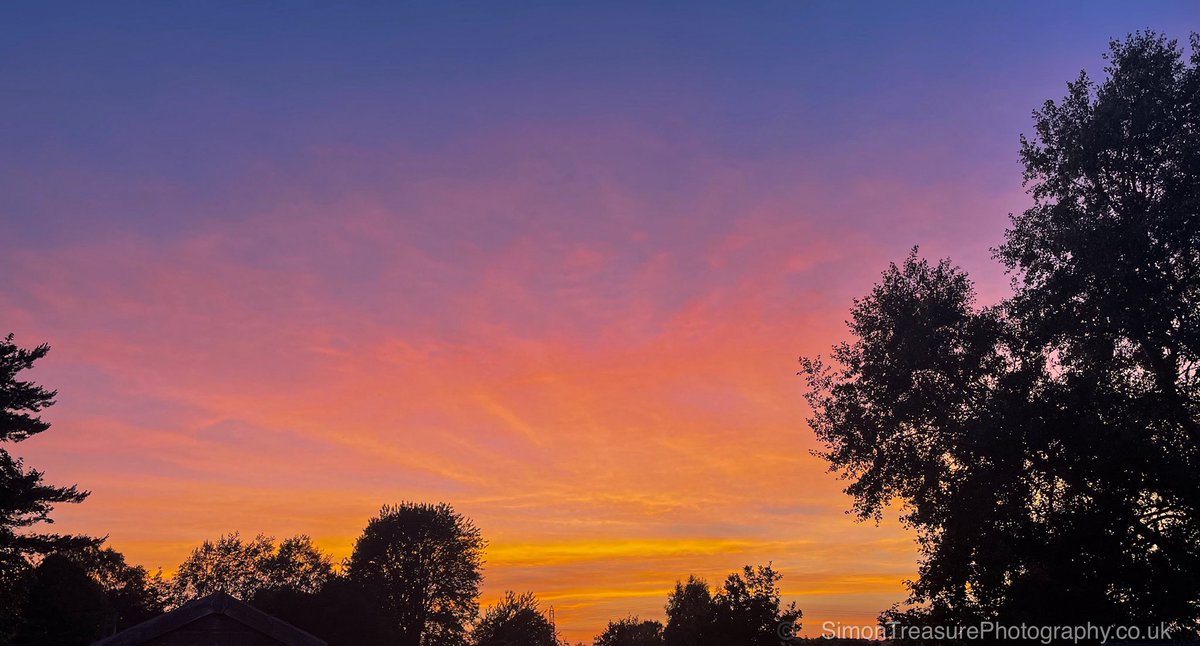

Crepuscular rays at sunset this evening, from my back garden #StormHour BBCSouthWeather BBC Weather #sunset #crepuscularays #heatwave2025
